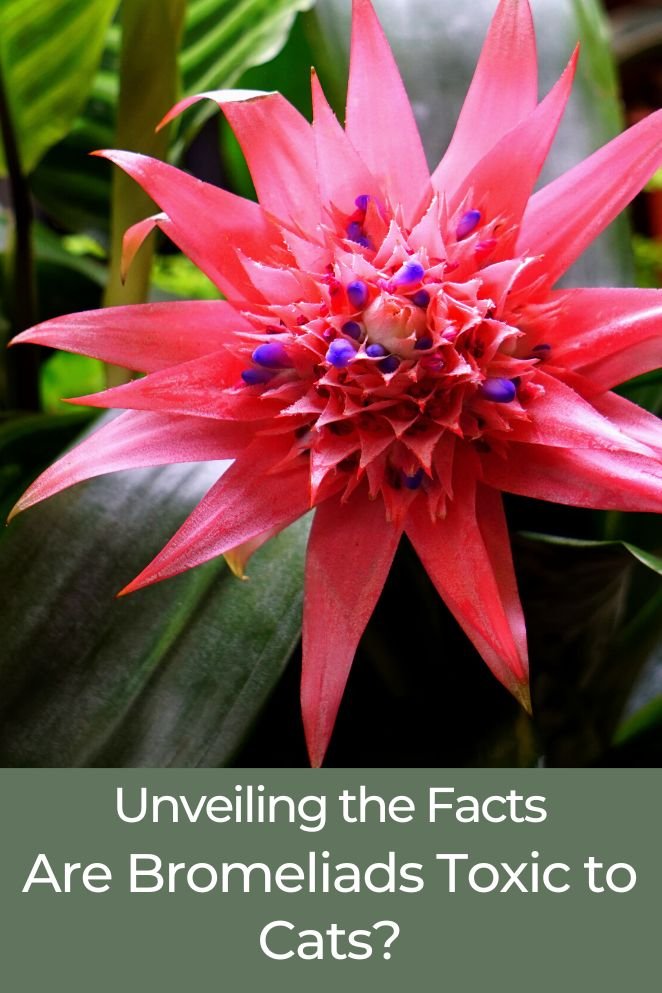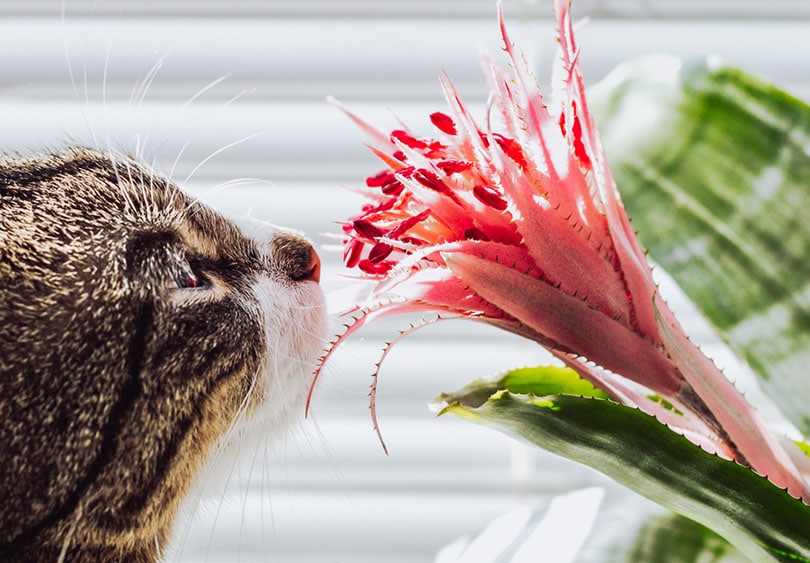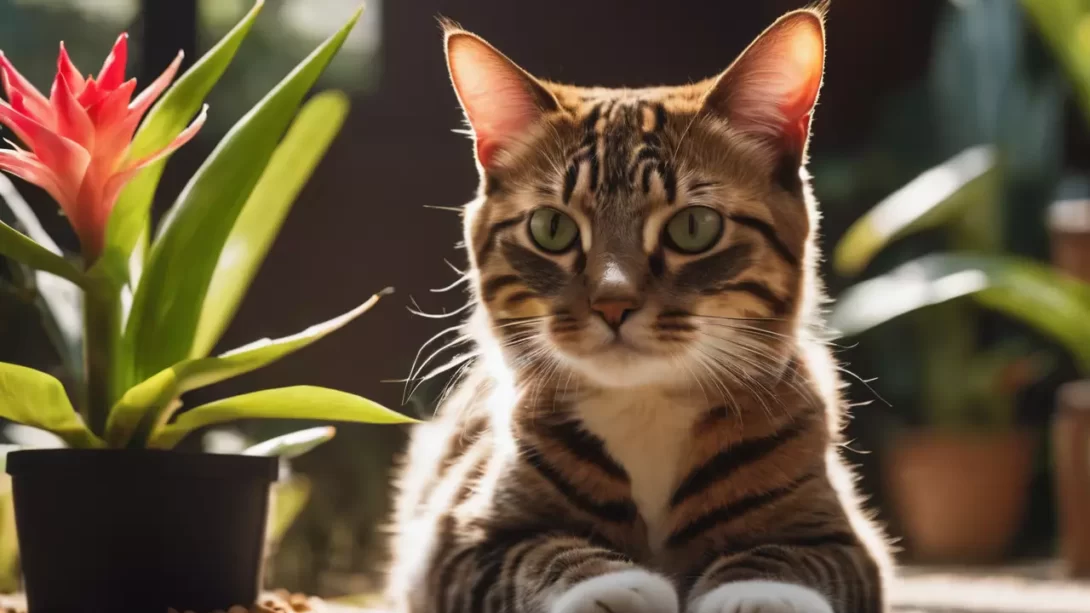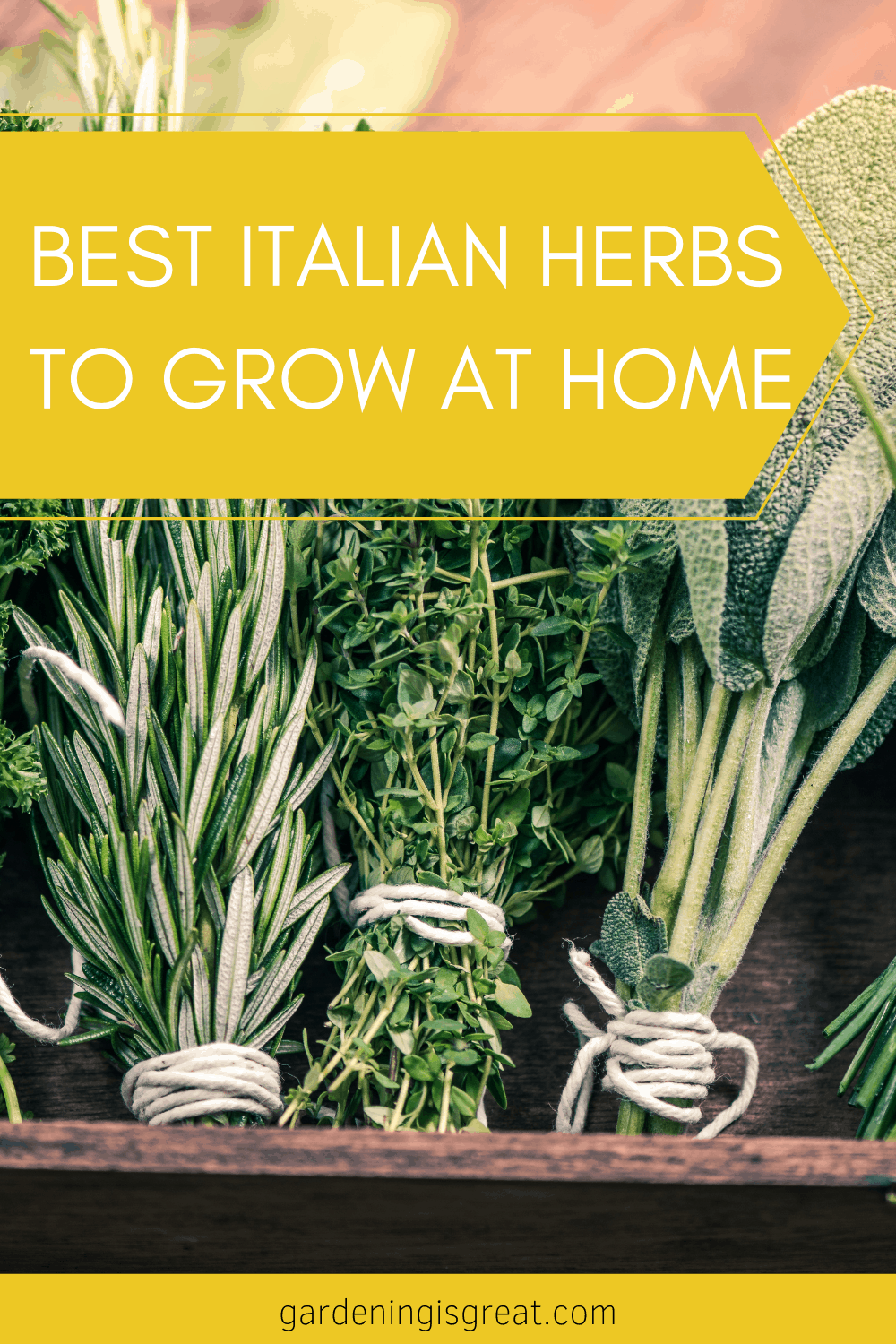Are Bromeliad Plants Toxic to Cats? What Every Pet Lover Needs to Know!

Let’s upend a tired bit of pet-parenting folklore: the idea that every houseplant is a ticking time bomb for your cat. I’ve heard it at dog-eared garden centers, in nervous Facebook groups, and even from my own mother—“Don’t bring that inside! You never know what’s poisonous.” But here’s my confession: I’ve lived with bromeliads and cats for years, and not only have both survived—they’ve thrived.

Curiosity Didn’t Kill My Cat—But Paranoia Nearly Killed My Plant Collection
There was a time when I nearly banished all greenery from my apartment, convinced one wrong leaf would send Mr. Biscuit to the ER. I’d read the usual advice: “If you care about your pets, stick to plastic plants.” But then I watched Mr. Biscuit go after a crumpled receipt with more gusto than any foliage—tearing it up like he was auditioning for Cats on Broadway.
That’s when I started questioning the blanket warnings about plants like bromeliads. Why live in constant fear if the facts don’t back it up?
Bromeliads: The Red Herring of Houseplant Warnings

Contrary to what you’ll see echoed across generic pet blogs (often written by people who can’t tell an Aechmea from an aloe), bromeliads are not toxic to cats. Not slightly, not maybe—zero toxicity according to ASPCA data and every vet I’ve grilled since 2018.
I learned this the hard way after watching my friend’s Maine Coon, Luna, methodically chew through a Guzmania flower spike while we looked on in horror. We waited for disaster; all that happened was a slightly shredded bloom and one very unimpressed cat nap.
Why Are We Still Afraid? The Real Risk Isn’t Poison—It’s Boredom
Here’s where everyone gets it backward: the real danger isn’t from bromeliads themselves but from failing to understand why cats target plants at all.

After some trial-and-error (and a few ruined planters), I realized most cats chew leaves out of boredom or curiosity—not hunger or malice. When I swapped out one plant for another or hid them altogether, Mr. Biscuit just found new mischief (RIP charging cables). The solution? Don’t overprotect—redirect.
- Cat grass (wheatgrass trays): $4 at my local nursery bought me weeks of peace.
- Floating shelves: $25 investment kept plants safe and doubled as wall art.
- Citrus peels: Cost me nothing but made pots instantly less appealing.
Anecdotes From the Front Lines: What Actually Happens
Three years ago, my neighbor Sarah called in panic after her tabby devoured half a Neoregalia leaf during a thunderstorm. She expected vomiting; she got…nothing. The next day her only complaint was having to sweep up some chewed bits.
Contrast that with another friend whose cat ignored every plant but obsessively gnawed on plastic bags—a reminder that sometimes we’re fighting the wrong battles entirely.
The Unpopular Truth: Most Cats and Bromeliads Coexist Just Fine

I’m not saying ignore your cat completely (Mr. Biscuit would file complaints if left unsupervised near anything vaguely string-like). But let’s retire this notion that bromeliads are inherently unsafe.
What deserves more attention is how we enrich our cats’ lives:
- Rotate toys weekly ($10/month keeps things fresh)
- Provide vertical spaces (cat trees beat potted plants any day)
- Observe patterns—if your cat targets one plant repeatedly, swap its location before giving up on greenery altogether
The Safety Net You Won’t Hear About Elsewhere
Here’s what changed everything for me: Instead of treating every nibble as DEFCON 1, I started tracking outcomes like a scientist.
- Symptoms post-chewing? Almost always mild or nonexistent
- Vet visits required? Zero in five years
- Cost saving by avoiding unnecessary panic calls? At least $200
And if you ever do see persistent vomiting or lethargy after any plant snack—even bromeliad—call your vet promptly. But don’t let fear dictate your home environment.
Final Word From One Pet-Lover to Another
You can have both—a lush jungle and happy felines—without living under constant threat alerts.
Next time someone insists “All houseplants are dangerous,” ask them which ones they’ve actually had trouble with—and watch as their stories dry up faster than an unwatered Tillandsia.
Live boldly: keep those bromeliads front and center, offer real enrichment for your curious explorer, and remember—the best homes are built on knowledge, not kneejerk caution.
And if you catch yourself spiraling down another Google rabbit hole about pet safety? Stop, breathe in that fresh green air…and trust lived experience over recycled warnings any day.



